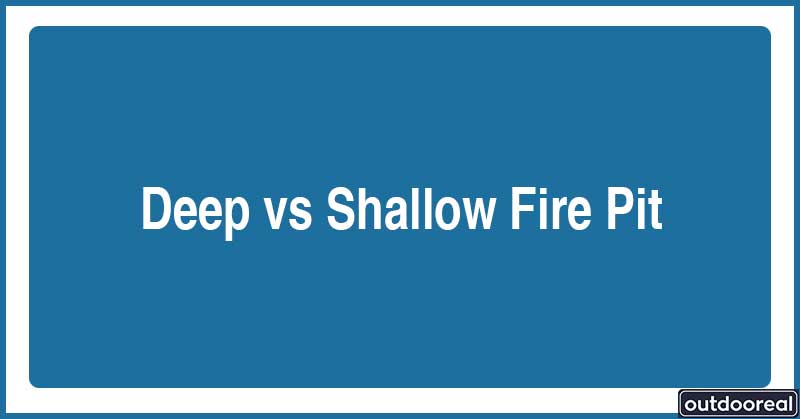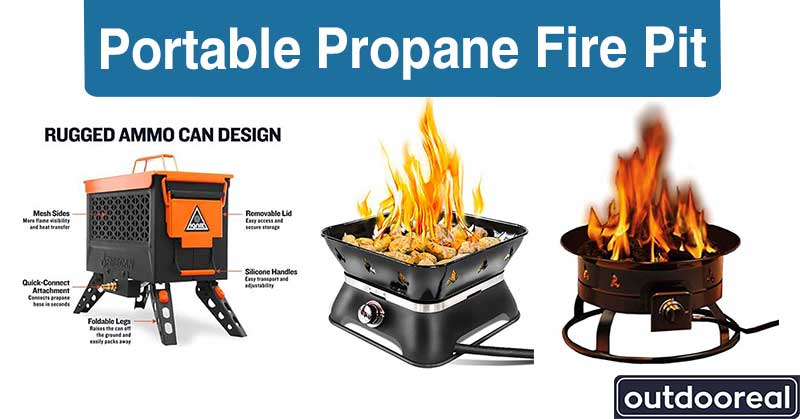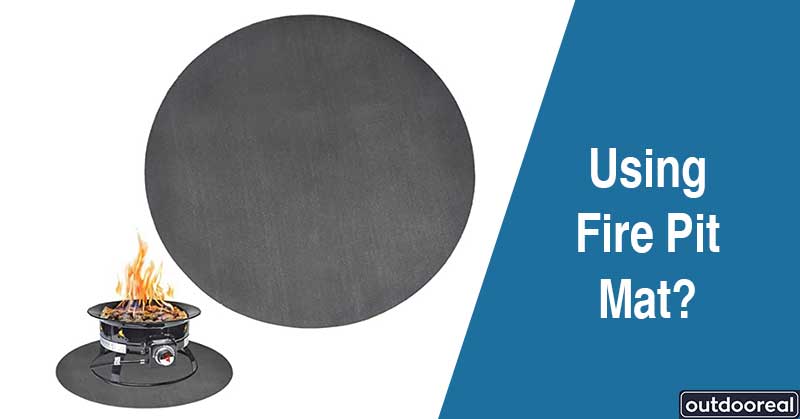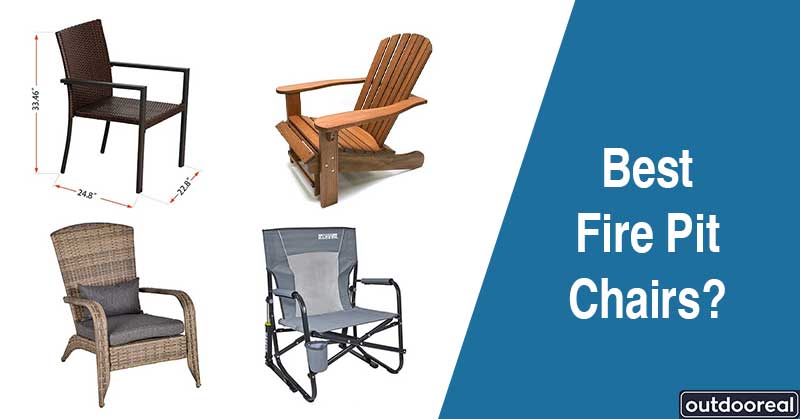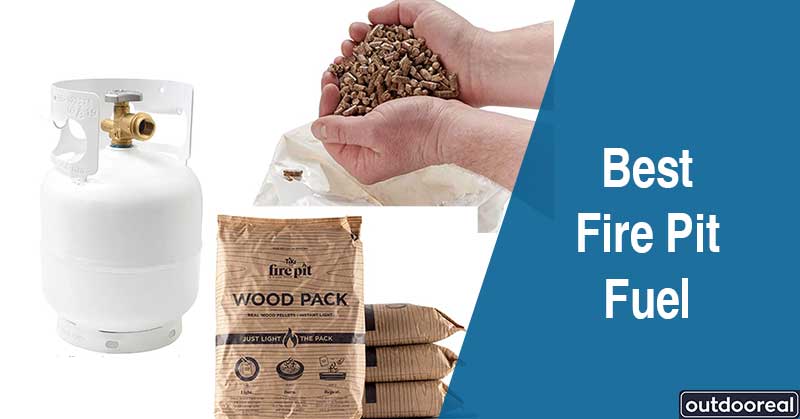Yes, but not all types of patio heaters work below freezing point. Mainly propane patio heaters are best for colder climates and freezing areas. On the contrary, an electric patio heater does not perform satisfactorily in freezing weather. Electric patio heaters tend to produce much lower heat than propane patio heaters. However, if you have placed the propane patio heater right away, which has a comparatively high BTU, it will give you an excellent performance even below the freezing point.
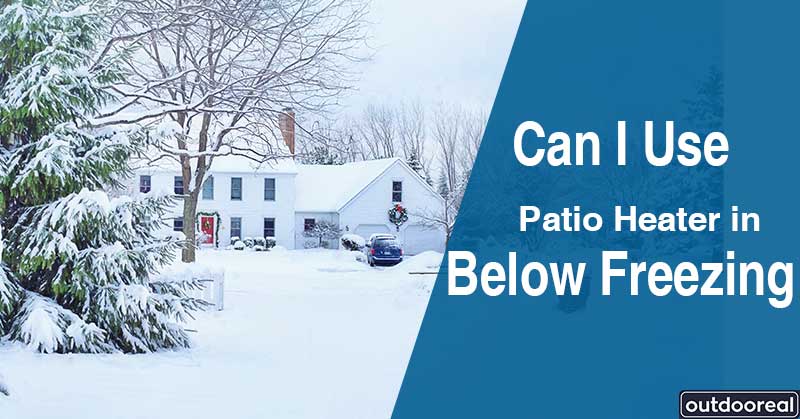
Can I Use a Patio Heater in Snowfall?
No, it would be best if you did not use an electric heater under snowfall. Propane or gas heaters may handle snowfall for some minutes. However, it can get wet if the snow stays on the patio heater for a long time. Not only that, but your product will work less. And if it’s an electric heater, you’re likely to get shocked if you touch it with your bare hands. Most patio heaters aren’t waterproof, but some great ones are. Even if your patio heater is waterproof, getting a cover is always a good idea to keep dust and debris out of it.
How Much BTU do I Need from My Patio Heater in Winter?
The amount of BTU you need from your patio heater depends on your area and weather. BTU is the energy unit needed to increase the one pound of water’s temperature by 1 degree Fahrenheit. BTU determines the heating unit’s energy output. Generally speaking, the larger the BTU, the greater the performance.
To determine how many BTUs are needed for your backyard for typical chilly weather, multiply the patio’s square footage by 20. For example, a patio heater with a 10,000 BTU output would be sufficient for a 500-square-foot area.
If you live in the coldest climates, such as Boston, Massachusetts, etc., you should multiply the patio’s square footage by 40.
Can I Leave My Patio Heater in Snowfall?
You can leave the patio heater outside in the snow as long as you cover it. If the snow on top of your unit melts, you might see water around its base, even if there is no apparent damage. This will lead to rusting over time, making it hard to heat. Any water damage to a heater necessitates expert attention before it can be used again. You shouldn’t just look at the heater and the cable to ensure the elements haven’t damaged it. Lastly, take care to protect the outdoor equipment at all times.
You can find out more details on this article.
How does a Patio Heater work?
Radiant heat is how outdoor heaters produce heat. The operation of gas or propane heaters is the same as the sun or fire pits. On the other hand, electric patio heaters can generate heat in two ways. In addition, nearly all outdoor heaters generate heat and disperse it evenly across the area. Every patio heater has two parts; heat producer and emitting. The primary heat producer produces from the fuel or turns the electricity into heat; then, the heat is radiated with the help of an emitter or reflector.
What is a Flat Emitter on a Patio Heater?
Patio heaters include an emitter screen, and flat or wall-mounted heaters tend to have a flat emitter screen. A heat emitter is any item that emits heat. Heat emitters distribute heat throughout a building to maintain the required temperature settings within spaces. Typical emitters include radiators with blowers and fan coils, i.e., convectors with a fan and air supply typically utilized for heating and cooling. A gas burner within the patio heater’s head warms an emitter screen. These tiny holes in the emitter screen allow the heat to escape.
What is Infrared Heat?
Infrared heat is the main form of producing heat in an Electric infrared heater. Infrared heating uses infrared radiation to warm bodies. Infrared rays transfer thermal energy to a cool substance. Infrared heaters are energy-efficient, convenient, and healthy because the surrounding air is not heated. Infrared heaters provide heat efficiently and affordably with electricity, natural gas, or propane. Infrared waves can reach 3,600° C. Infrared heater is not bad for health; instead, an infrared patio heater does not produce smoke or toxic gases.
What Types of Patio Heaters are Good for Very Cold Weather?
In chilly climates, propane heaters are best, as they are portable and easy to operate. An electric patio heater is suitable for mild winters. Wall-mounted electric heaters are safer than propane and an excellent solution for windy areas and safety-conscious folks. They are an excellent alternative if you want to permanently install your warmer near an outdoor fireplace or other devices. Electric heaters are cheaper than propane heaters, but they’re less effective. Electric patio heaters frequently top out at 100 degrees, which is not enough in cold weather.
For freezing weather, you can use multiple patio propane heaters to ensure added warmth. However, there is no alternative to fire pits for freezing climates. As fire is the only satisfying source for the coldest weather. Also, remember that the propane patio heater may blow over or shut off in extreme wind or snowfall.
You may also like: Can I use my patio heater indoor?
Conclusion
Patio heaters are a great way to stay warm even when it’s cold or winter. A propane heater is the best way to keep warm if you live somewhere that gets very cold or chilly in the winter. Using multiple heaters is also good. A wall-mounted electric heater is better if you live in a windy and moderately chilly area. Electric heaters are safer and much cheaper to run than propane heaters. However, they can not give a satisfactory performance in the coldest weather.

